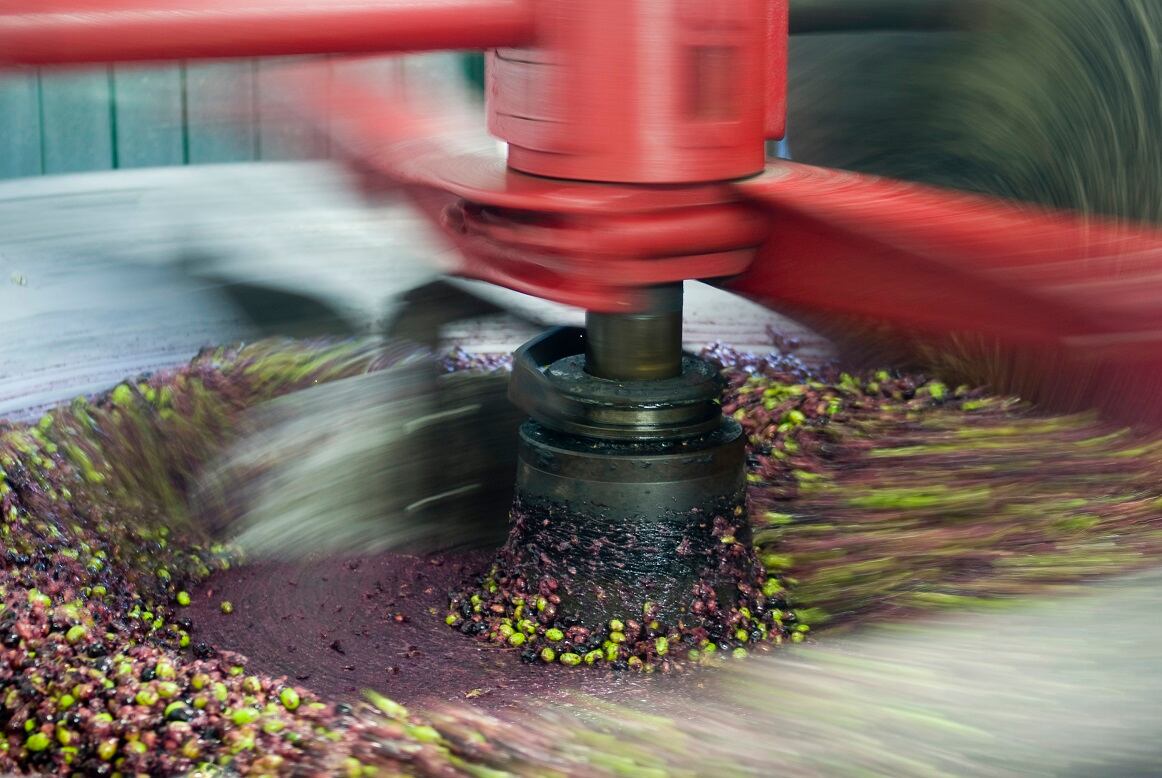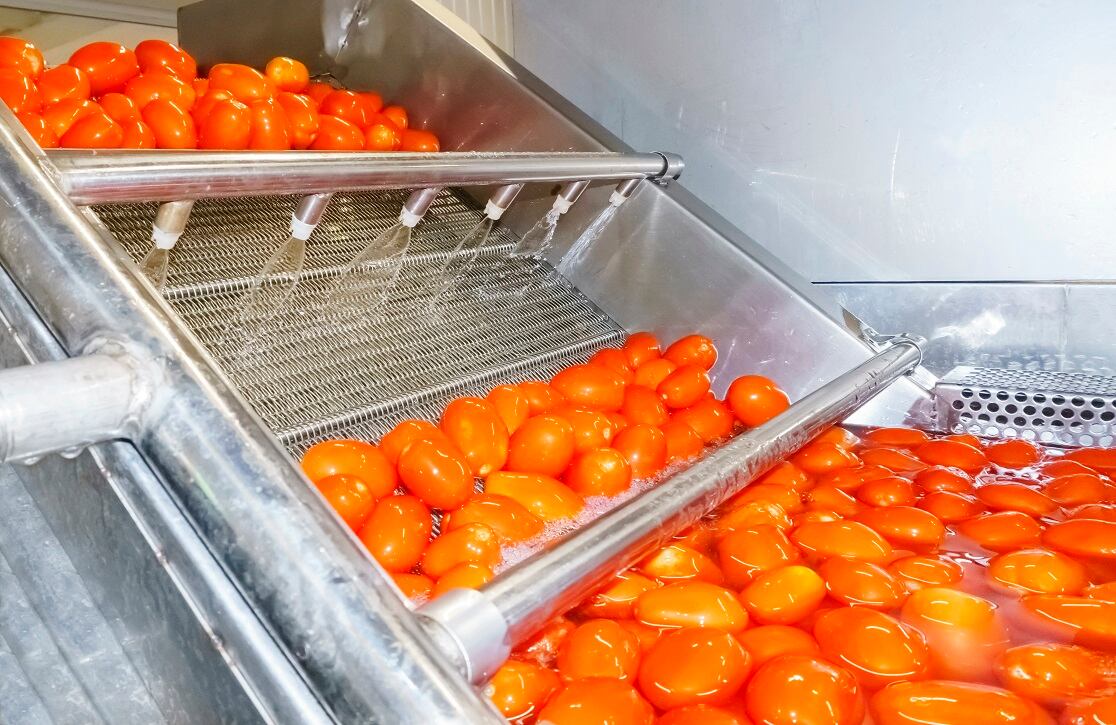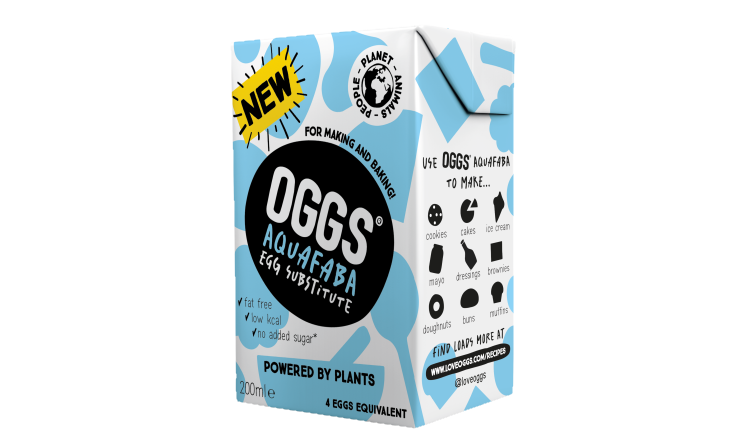With the food and drink industry under environmental and ethical scrutiny as never before, the opportunity to push forward a plant-based agenda on different levels is becoming increasingly important.
One programme gaining considerable interest and broad collaboration from industry partners across Europe is the Pro-Enrich project, now well over halfway into its three-year term.
With a focus on the by-products of agriculture and food manufacturing that go to waste, the project is investigating whether these can be turned into valuable functional proteins and ingredients for use in the industry.
A collaboration between 13 companies and three research organisations across seven European countries, the project is supported with funding from the EU’s Bio-Based Industries Joint Undertaking, which operates through a programme called Horizon 2020 in collaboration with Europe-wide industry partners.
BioComposites Centre Bangor University
One of the research centres involved in the project is the BioComposites Centre at Bangor University in North Wales.
The centre has been working with rapeseed, tomatoes and olive processing residues. It has focused on developing lab-scale trials to assist with the fractionation of these residues and pilot upscaling production to deliver commercially viable quantities of material for evaluation by industrial customers.
Adam Charlton, senior research fellow at Bangor University, who has been working on the project, says: “Samples of material have been supplied to the industrial end-users, including Tate & Lyle, for evaluation.
“Testing and feedback from the companies involved in the project is a continual process and is used to inform the way the different biomass streams are fractionated, both at lab and pilot scales to try and maximise yield while maintaining functionality.”
Non-animal-derived proteins
One of the aims of the project is to develop functional proteins that are not animal-derived for ethical and environmental reasons and cut agricultural and food waste, creating cheaper raw materials for industry.
Project targets include supply chain building and making connections between different industry sectors by developing new products and conducting more fundamental research. This will hopefully offer positive benefits beyond the duration of the current project, says Charlton.
“This includes looking at novel ways to extract phenolic compounds from olive mill processing residues, including the residual pomace and waste-water generated, once the oil has been extracted.”
The project also aims to develop a ‘cascading’ biorefinery approach, which would resemble the way oil refineries work. This could then be used to create products such as proteins and fibres for food and feed applications, alongside bioactive molecules for applications in cosmetics and personal care and adhesives for construction materials.
Minimising waste
As Charlton explains, while the focus is on minimising waste, it is also thinking about how to reduce the environmental impact of the conversion processes, by reducing chemicals, energy and water usage.
“One of the biggest technical challenges is to bring together all these different biomass streams and the associated value chains and work out how best to pre-treat them and separate out the various valuable components, while minimising cost and environmental impact,” he explains.

“Each biomass stream – whether rapeseed, tomatoes, citrus or olives – has its own challenges in terms of how they are processed. There can be differences in composition across the different types of biomass depending on where in Europe they are grown and at what stage of the growing season they are harvested.
Factors like soil type and pH, ambient temperature, rainfall and other environmental factors will have an impact on the levels of some of the higher bioactive molecules that are present, for example. This can create additional technical challenges and complexity when it comes to designing a process to separate out, extract and purify these valuable compounds.”
In addition, Charlton points out that most of the biomass they are working with contains high levels of water. Along with some of the process streams generated – for example olive mill water – removing the water to enable separation of valuable components while minimising energy costs is always a challenge.
Industrial partners Mars, GEA, Natac
However, the project is supported by industrial partners such as food and confectionery manufacturer Mars, international technology firm GEA and olive-derived ingredients firm Natac.
These firms have experience in working with aqueous residues and process streams to develop commercial processes, he says. The real success of the project will be whether the partners can combine the different biomass feedstocks and conversion processes into one sustainable system that makes sense commercially.
Tate & Lyle goes the extra mile
As a speciality ingredients supplier, Tate & Lyle hopes its involvement with the Pro-Enrich project will help grow its portfolio of innovative solutions, particularly its alternatives to animal proteins, and more sustainable products.
“Our purpose as a company is to ‘Improve Lives for Generations’,” says Will Ballantyne, technical service and applications specialist FBS EMEA, at Tate & Lyle, based in Mold, North Wales.
“This includes not only supporting healthy living, but also caring for our planet and our communities. Reducing food waste while finding new functional ingredients aligns perfectly with this.”
Alternatives to ingredients derived from animal proteins
The ingredients sector traditionally uses products derived from animal protein, such as dairy, eggs and gelatin, to thicken, stabilise or add texture to food. However, the main challenge is replicating functions such as emulsifying and foaming to gelling and providing specific textures with these plant-based proteins.
“The target functional proteins that may come out of this project will serve as good candidates for use in reformulation, directly supporting our work to help manufacturers improve the appeal, stability and nutritional profile of consumer products,” says Ballantyne.
“For Pro-Enrich, we’re looking into different ways of using plant proteins in gels, foams and emulsion stabilisers that can be found in food products like soups, sauces, dressings and a wide range of bakery and dairy products.”
'Huge potential benefits'
Apart from the ethics of the project, increased sales and profits driven by meeting demand for better consumer appeal, a healthier population and lower environmental impact are other “huge potential benefits”, he argues.
However, he admits that the speed of scale-up and commercialisation will depend on many factors, so it’s difficult to put a number or date on it at this stage. As he also points out: “The desire to reduce waste and improve nutrition is not a trend that will be disappearing and may actually gain momentum following COVID-19.”
For Ballantyne, the involvement of “so many dedicated and talented people around the consortium” has been the most exciting part of the project. “On top of this, we are working together to look into new ways of reducing food waste and, at the same time, potentially creating new products with more function and value,” he adds.
“Collaboration is a great tool for progress – and one that involves different skill sets, experience and viewpoints is even more powerful.”
“Ultimately, that needs to be the aspiration – to develop a generic system that can cope with a series of unrelated biomass feedstocks, with some limitations placed on supply due to a range of factors, including seasonal availability, intermittent production and market demands linked to other application areas.
“Conversion of these feedstocks into a range of functional, value-added, drop-in replacements or new biobased products, while minimising cost and waste and improving sustainability will need to be a central focus of this approach.”
Blueprint for biorefinery
The Pro-Enrich project doesn’t require a fully functioning biorefinery at the end of its three-year duration. The focus is trying to develop a blueprint for how one could work, with future additional demonstration funding from the EU or elsewhere, says Charlton.
“It’s difficult to predict at the moment what will be successful from a commercial perspective,” he adds. “Quite often, the biggest breakthroughs in research come at the end of a project.” In this case, the finishing line is 30 April 2021.
Despite the COVID-19 pandemic, the project is still on track to reach its targets, says Charlton. “Despite all the issues with Brexit and now the COVID-19 situation, speaking as someone from the UK, it’s great to be a partner in a project like Pro-Enrich. Hopefully, we can continue this collaboration beyond the current project to develop something that becomes a commercial reality.”
External assessment
Pro-Enrich has Life Cycle Assessment (LCA) and Life Cycle Costing experts closely involved examining the various process inputs and outputs from each of the biomass streams the project is looking at.
They are constantly assessing what the economic and environmental impact of these conversion processes are in terms of greenhouse gas emissions and the potential commercialisation of these in collaboration with industry.
In addition, the project was reviewed by a team of expert external evaluators at a meeting in Brussels earlier this year.
“Overall, they were happy with what has been done so far and were able to provide some useful guidance and support to help us progress things over the remainder of the project,” says Charlton.
“It’s always good to get an external view on how a project of this size is progressing and provide a reality check for all of the partners who are so closely involved.”




